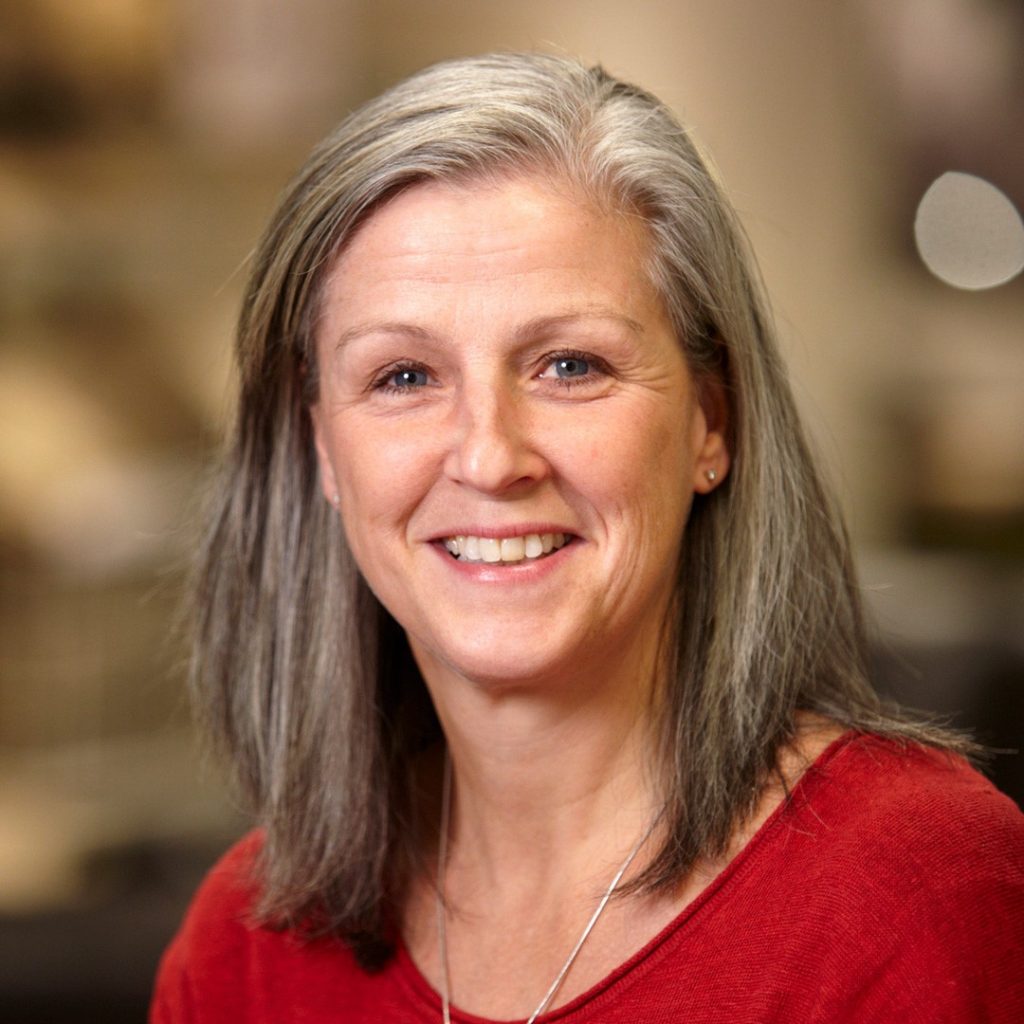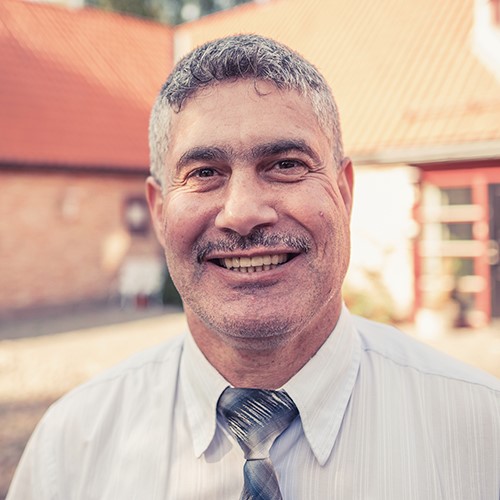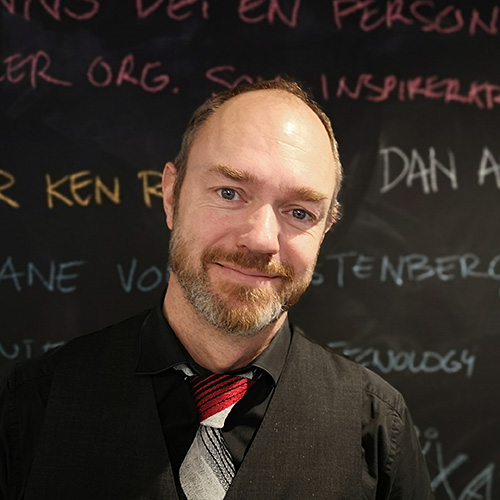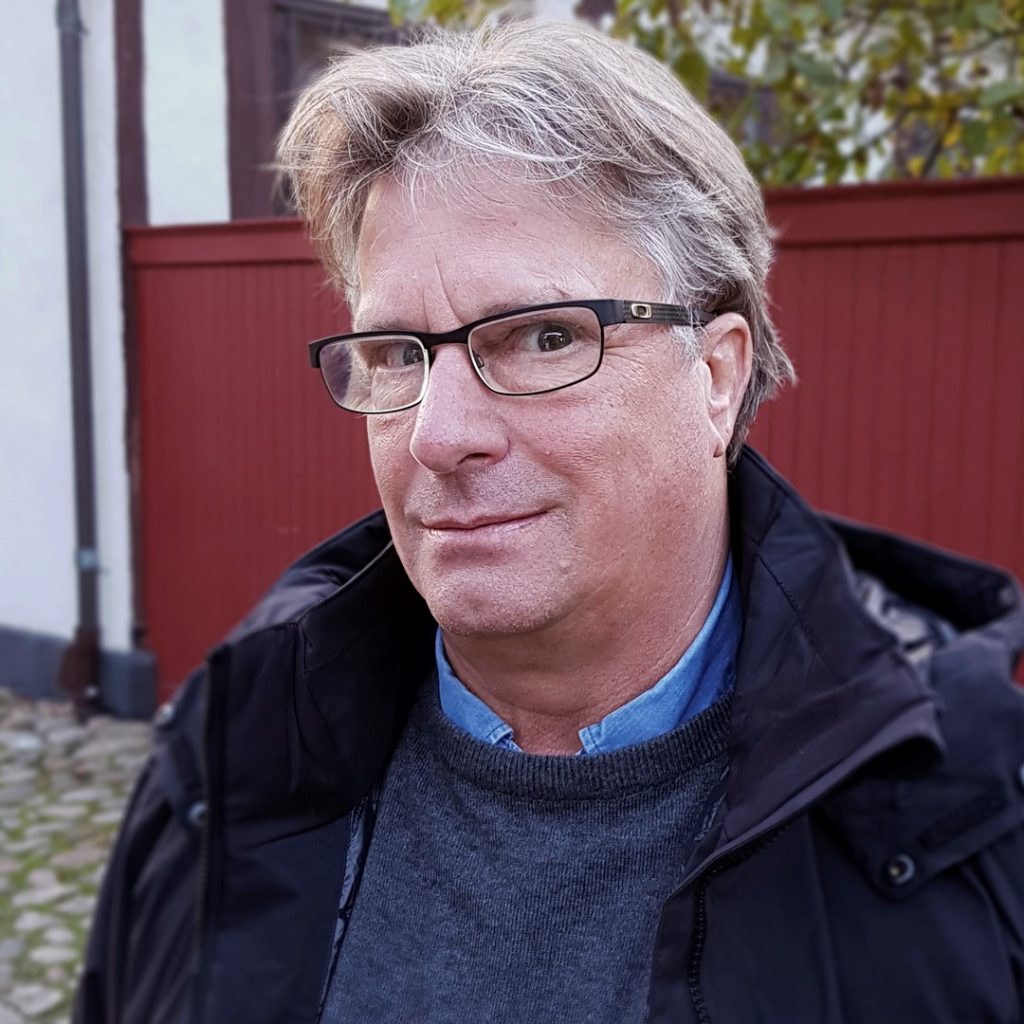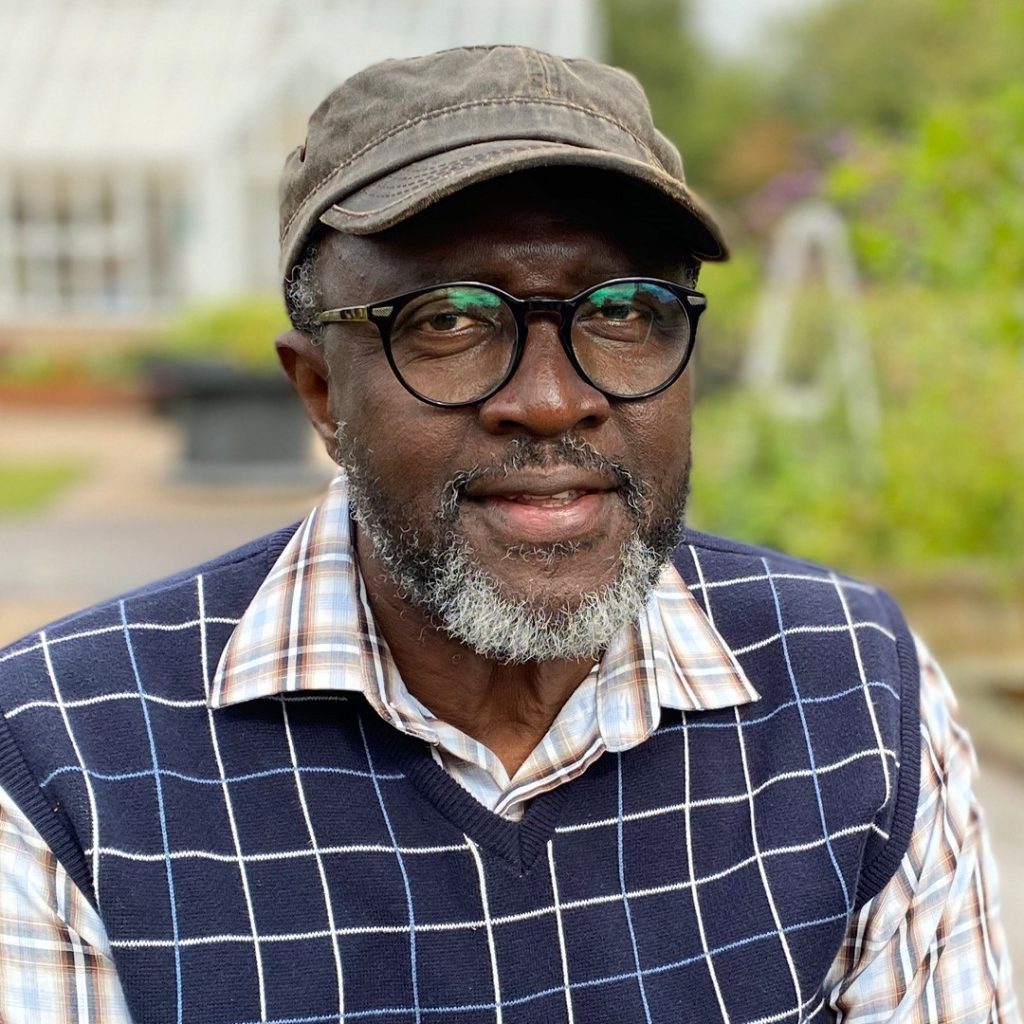The City of Helsingborg will be the first in Sweden to build a large-scale urban sewer system for waste separation in Oceanhamnen.
Starting from the 1960s, the current sewer system has to a large extent been extended in stages to solve the environmental problems arising from the city’s sewage. At the same time, it is becoming more expensive to purify sewage as everything is mixed together in the same pipe. For example, removing drug residues would increase energy consumption at the Öresundsverket plant by almost 50%. But what would happen if we took a new approach and designed a sewer system built to recycle resources? Well, we’d be doing exactly what we already know to do with waste, seperating sewage at the source!
When we separate glass, metal, and cardboard, we can recycle these resources. It’s the same with sewage. When we separate toilet water and food waste, we can recycle the nutrients phosphorous and nitrogen as purified products to be reentered into the cycle. We can design the treatment plant so that we produce more biogas and emit less greenhouse gases. In addition, we can achieve very energy-efficient removal of drug residues, as essentially all of these residues in our sewer system come from urine and feces and together only account for 1% of the sewer water. When we separate grey water, we can have increased recycling of heat from this water (which actually constitutes a relatively big loss factor for heating in modern homes) and more easily recycle water for both bathing in and drinking, something that will need to be done more in the future. In short, waste-separating sewer systems such as the Three Pipes Sewer System (Tre Rör Ut) in Oceanhamnen are helping achieve several of the Sustainable Development Goals and Sweden’s national environmental objectives.



